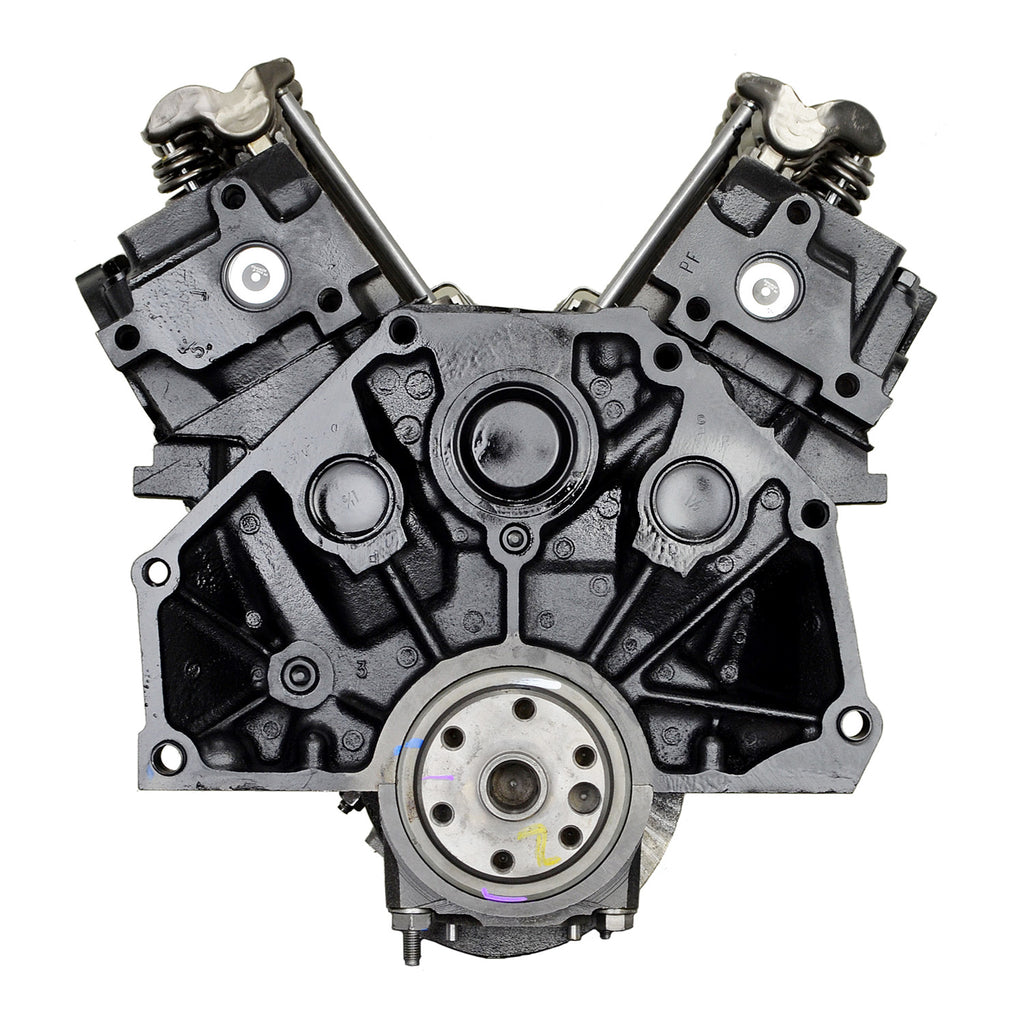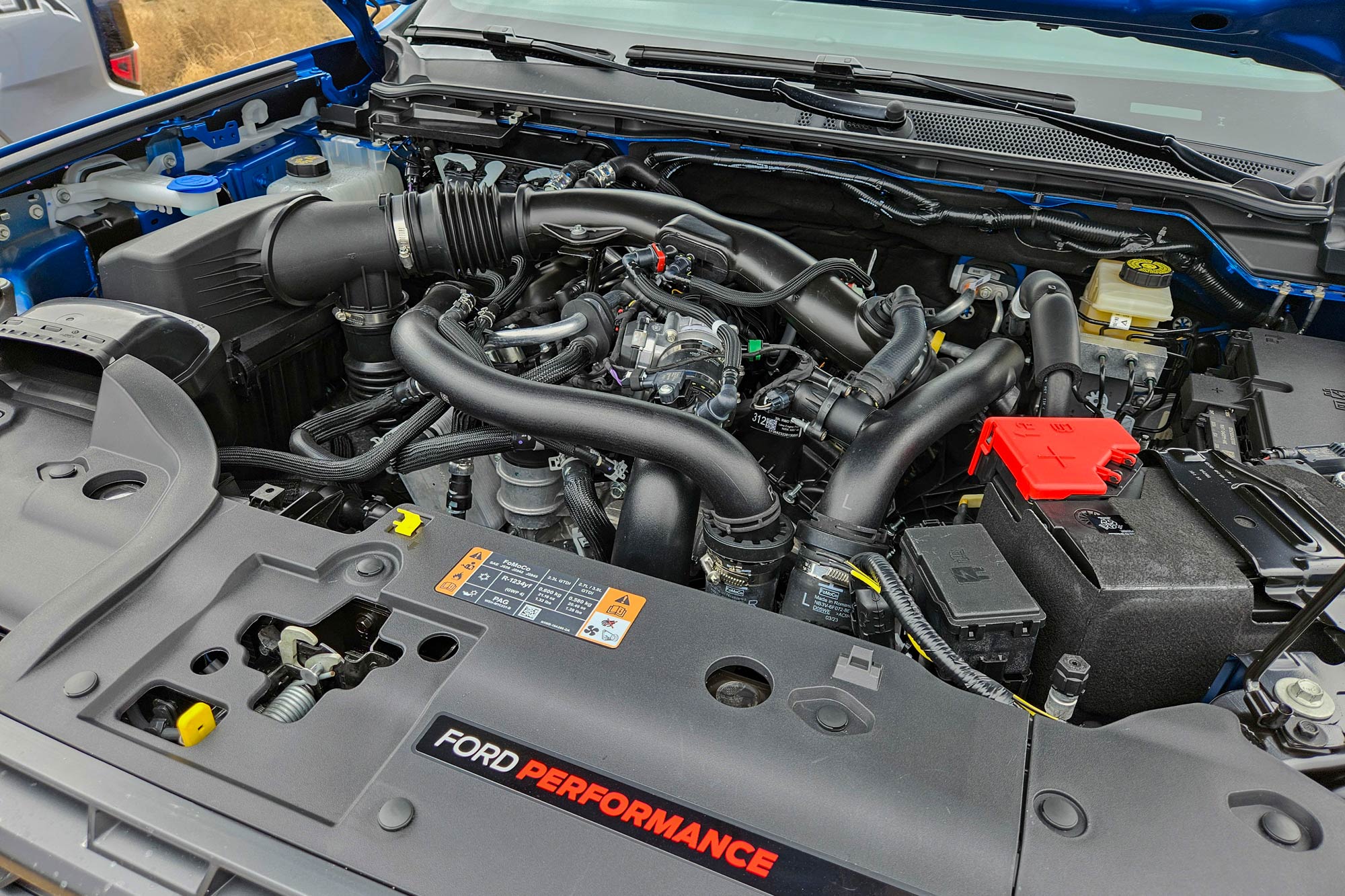Why the 2.2 Ford Ranger Engine Is a Popular Choice for Rugged and Reliable Performance
Why the 2.2 Ford Ranger Engine Is a Popular Choice for Rugged and Reliable Performance
Blog Article
Recognizing the Fundamentals of Automobile Engines: Types, features, and functions

Summary of Car Engines
A cars and truck engine functions as the heart of a lorry, transforming fuel right into power to push it ahead. This elaborate system comprises different parts that work in unison to make sure ideal performance and performance. The fundamental operation of a vehicle engine includes the inner burning process, where fuel and air are blended, ignited, and eliminated to create power.
The engine's layout can significantly affect its performance, fuel efficiency, and discharges. Secret parts include the cylinder block, pistons, crankshaft, and camshaft, each playing an important function in the engine's total function. The cyndrical tube block houses the cylinders where burning occurs, while the pistons convert the explosive power from combustion into straight motion. This activity is then transformed into rotational power by the crankshaft, allowing the lorry's wheels to transform.
Along with these elements, engines typically make use of various systems such as gas shot, ignition, and cooling systems to improve efficiency and long life. Understanding the basic technicians of cars and truck engines is necessary for identifying concerns and executing upkeep, inevitably adding to the lorry's dependability and effectiveness over time.

Sorts Of Automobile Engines
Auto engines can be classified right into numerous types based upon their layout, fuel kind, and operational concepts. 2.2 ford ranger engine. One of the most usual classifications consist of interior burning engines (ICE), electrical engines, and crossbreed engines
Interior burning engines, which can be more separated right into gasoline and diesel engines, run by igniting a fuel-air mix to create power. Gas engines are normally lighter and smoother, while diesel motor are extra fuel-efficient and offer higher torque.
Electric engines use electric energy kept in batteries to power an electric motor, offering immediate torque and absolutely no discharges throughout operation. As technology developments, electric automobiles (EVs) are significantly ending up being popular for their ecological advantages and reduced running expenses.
Hybrid engines integrate components of both interior combustion and electrical engines, permitting for versatile power sources and improved gas effectiveness. They can operate in various settings, making use of either the gasoline engine, the electrical motor, or both simultaneously.
Each kind of engine has distinctive advantages and drawbacks, influencing their application in various car kinds and market sections, from compact vehicles to heavy-duty vehicles. Understanding these kinds is crucial for making notified choices pertaining to automobile choice and efficiency expectations.
Engine Features Explained
Recognizing engine functions is vital for understanding just how vehicles operate effectively. At the core of any kind of internal combustion engine lies the fundamental process of transforming gas right into mechanical power.
The ignition occurs following, sparking the mixture and producing a fast development of gases. This pressure drives the piston down throughout the power stroke, which eventually converts into the rotational motion of the crankshaft. The exhaust stroke then removes the invested gases from the chamber, making means for a go to these guys brand-new cycle to start.
Along with these primary functions, engines additionally include systems that take care of air conditioning and lubrication, guaranteeing ideal operational temperatures and decreasing rubbing between moving components. This intricate interaction of functions allows the engine to create the power required for car propulsion while maintaining efficiency and reliability. Understanding these functions gives beneficial understanding into the complexities of automotive engineering and boosts the capacity to identify and deal with engine-related issues efficiently.
Key Engine Attributes
Engine layout includes several key attributes that dramatically affect longevity, effectiveness, and efficiency. One of the most critical facets is the engine configuration, that includes inline, V-type, and flat layouts. Each setup affects the engine's size, balance, and power output, therefore affecting total car characteristics.
One more necessary attribute is the engine displacement, describing the complete volume of all cyndrical tubes. Bigger displacements normally produce more power however might compromise fuel effectiveness. Engine products likewise play a crucial role; lightweight and high-strength products, such as light weight aluminum and magnesium alloys, enhance efficiency without including excessive weight.
The kind of fuel shot system used-- such as straight or multi-port shot-- influences burning performance and emissions. Supercharging and turbocharging are features that increase engine performance forcibly extra air right into the burning chamber, boosting power outcome without substantially enhancing engine dimension.
Finally, the existence of innovative engine monitoring systems optimizes fuel-air combination and ignition timing, adding to smoother operation and better gas economy. Collectively, these features specify an engine's capacities, establishing the structure for its performance and longevity in a competitive vehicle landscape.
Upkeep Tips for Engines
Appropriate engine maintenance is important for making sure ideal performance and durability, as ignoring routine care can the original source bring about substantial problems down the line. To maintain your engine effectively, start with regular oil adjustments, normally every 3,000 to 7,500 miles, depending upon the sort of oil used. Fresh oil lubes engine elements, minimizing friction and wear.
In addition, checking coolant levels is vital to avoid getting too hot. Make sure that the coolant is topped up and remains in great problem to preserve reliable temperature level regulation. Routinely examine and change air and fuel filters, as clogged filters can prevent airflow and gas delivery, jeopardizing engine efficiency.
Additionally, focus on ignition system and ignition systems. Malfunctioning or worn ignition system can bring about misfiring and lowered performance. Examining the battery terminals and connections for rust is additionally vital, as a weak battery can influence engine beginning.

Conclusion
In recap, a detailed understanding of automobile engines incorporates different kinds, functions, and vital functions that significantly affect vehicle performance. Inner combustion engines, along with electrical and hybrid options, demonstrate diverse devices for power conversion. 2.2 ford ranger engine. Identifying the crucial functions, such as consumption and exhaust cycles, together with essential engine features like arrangement and fuel shot systems, equips car owners with the expertise needed for effective maintenance and procedure, inevitably enhancing car long life and performance
A car engine serves as the heart of a car, transforming gas right into mechanical power to move it ahead. The fundamental operation of a cars and truck engine entails the internal combustion process, wherein fuel and air are blended, stired up, and removed to produce power.
Regularly replace and inspect air and fuel filters, as blocked filters can impede air flow and fuel shipment, jeopardizing engine effectiveness. - 2.2 ford ranger engine
In summary, an extensive understanding of automobile engines incorporates numerous kinds, features, and crucial functions that substantially affect automobile efficiency. read the full info here Identifying the essential features, such as consumption and exhaust cycles, together with important engine attributes like setup and fuel injection systems, gears up vehicle owners with the expertise needed for efficient maintenance and procedure, inevitably boosting lorry long life and effectiveness.
Report this page